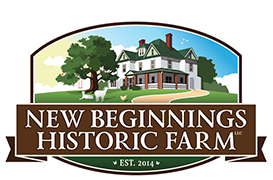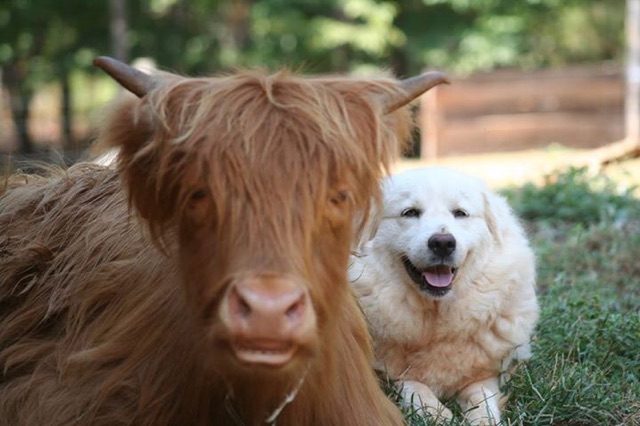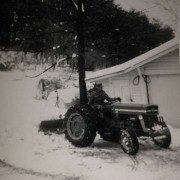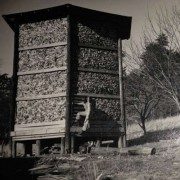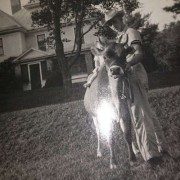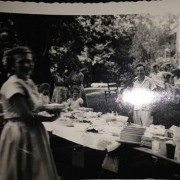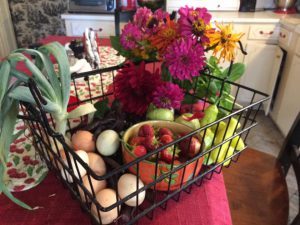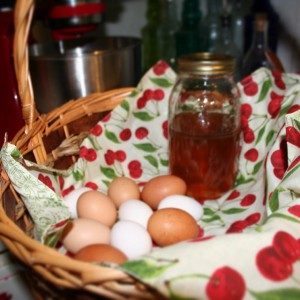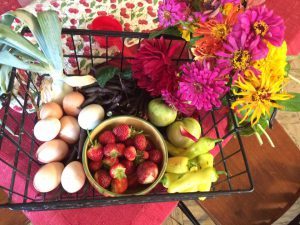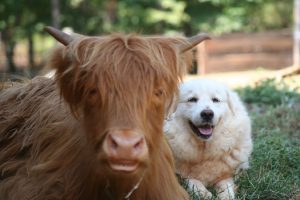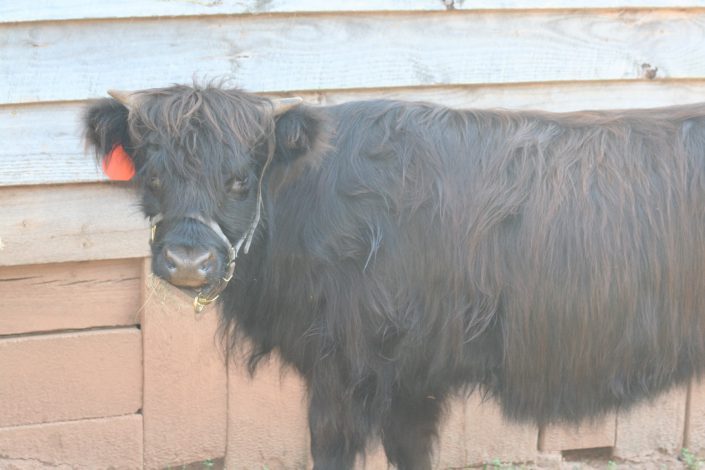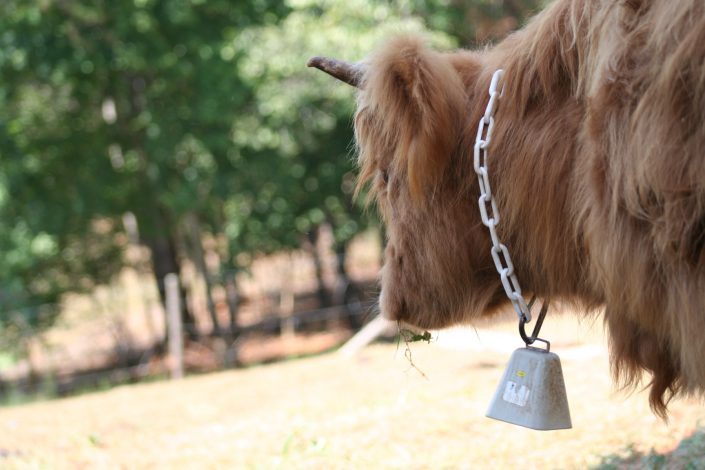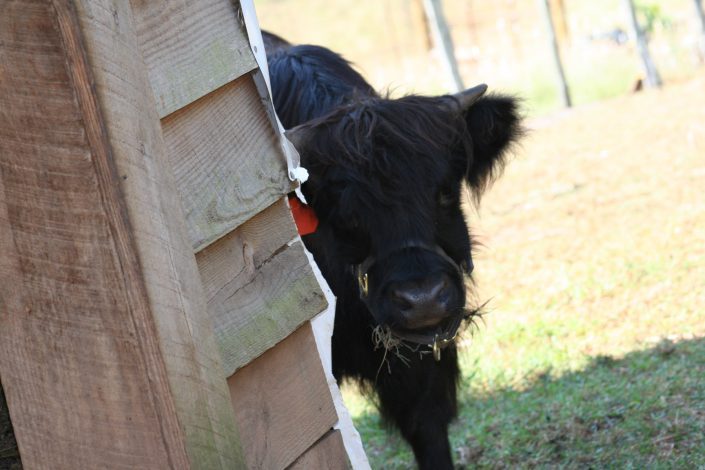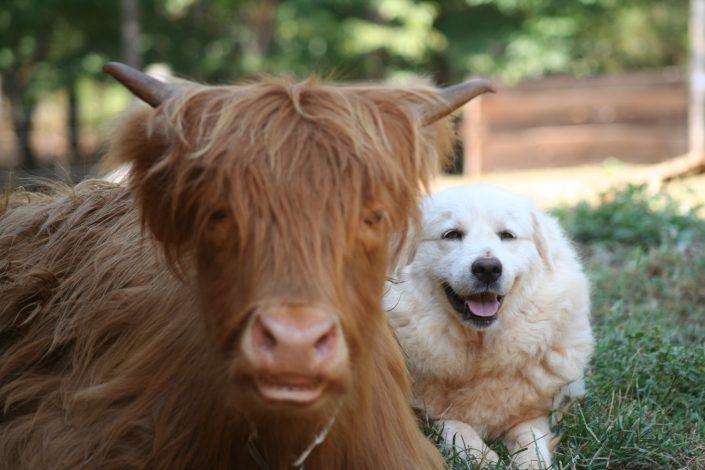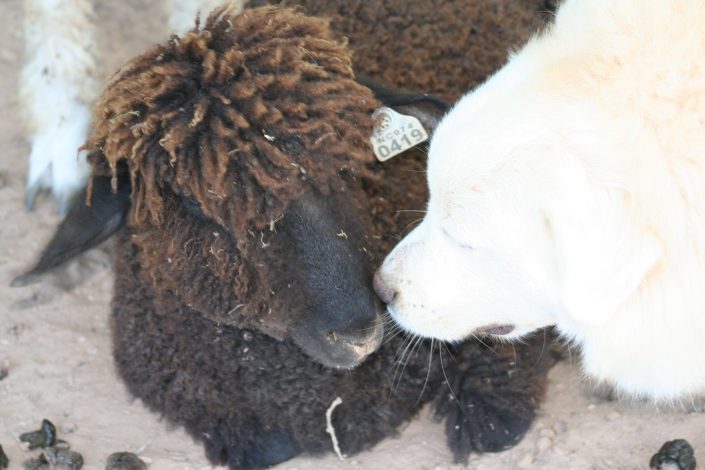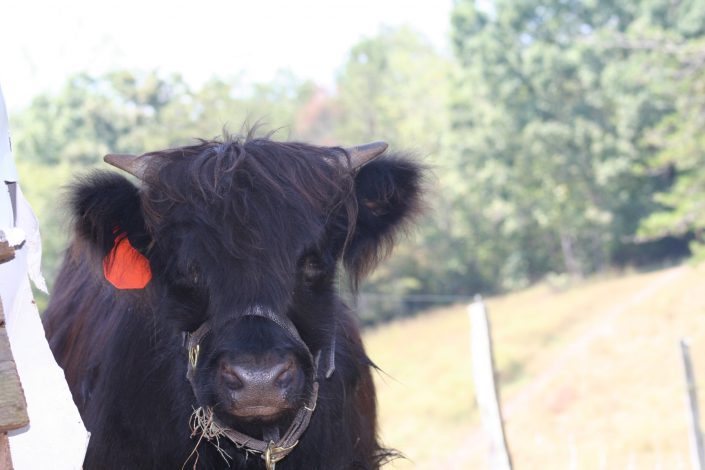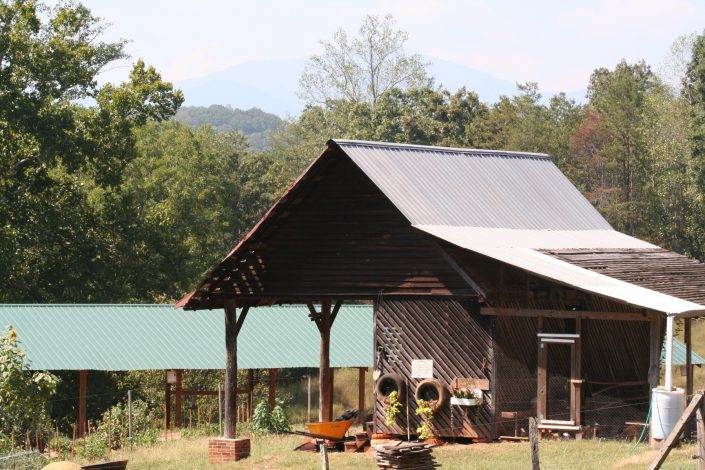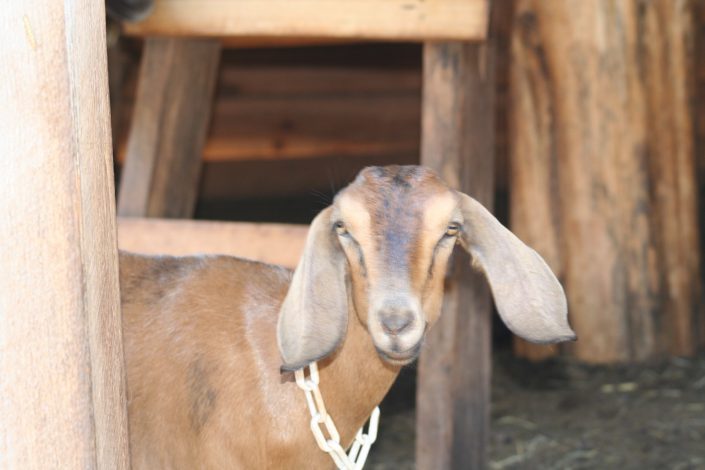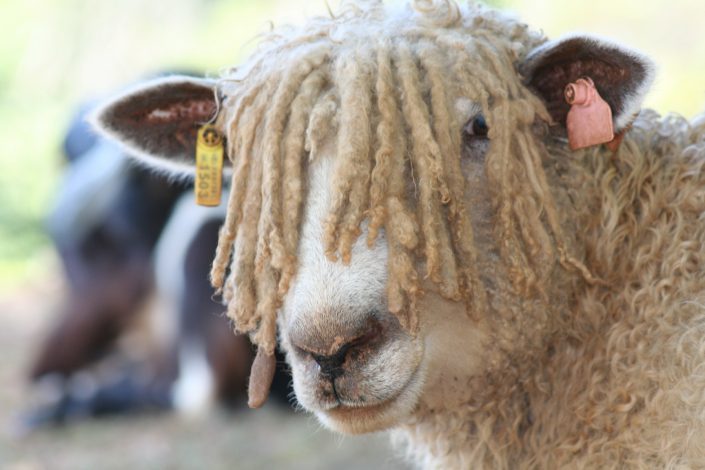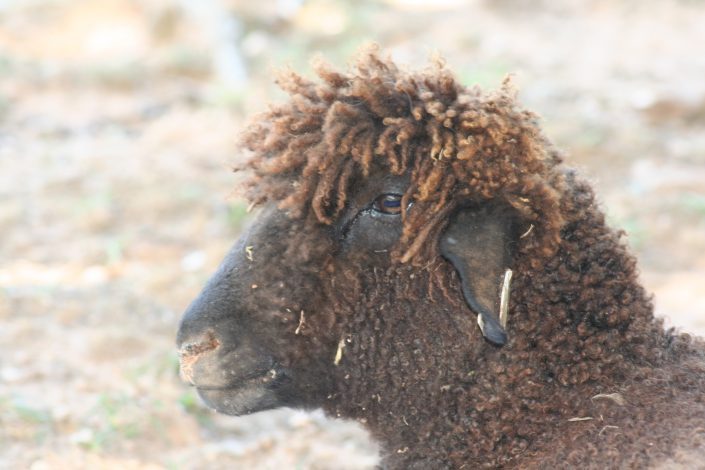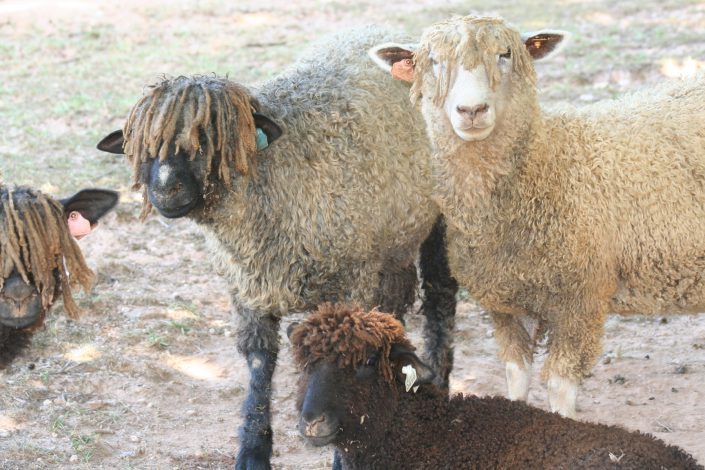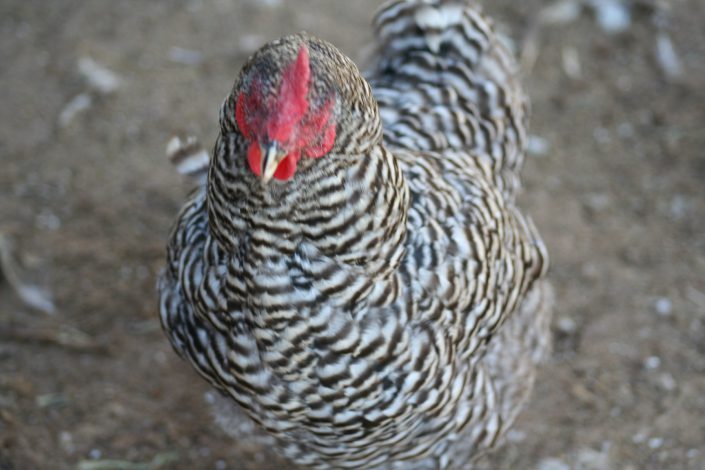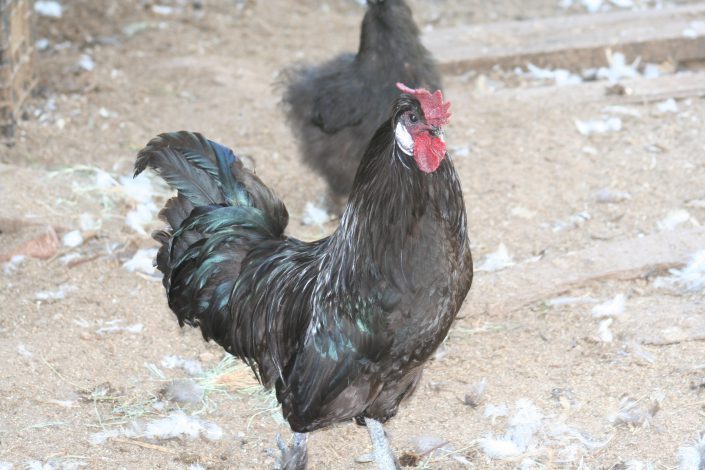FARMSTEAD HISTORY
The historic farm dates back to the 1900s where it stood as a landmark for locals to purchase their milk, cheese, and meats. Currently under the ownership of John and Sheri Crenshaw, the farm has been restored to its historical roots as a working farm. The working farm now acts as a rustic farm wedding venue and hosts events, celebrations, and retreats year round.
FARM STAND
New Beginnings Historic Farm produces various produce throughout the year.
Produce
- Strawberries
- Lettuce
- Tomatoes
- Onions
- Beans
- Green peppers
- Banana peppers
- Fresh cut flowers
- Sunflowers
- Dahlias
- Zinias
- Gladiolas
- Eggs
- Muscadines
Scottish Highland Cows
The shaggy haired, long horned Highland is closely associated with the beauty, mystery, and romance of the Scottish Highlands.The early history of the Highland is not well recorded, though the breed was improved and standardized during the 1800s. Improvement was made through selection alone; the Highland never had any introductions from other breeds. Cattle were raised in the Highlands and on the islands nearby. They were sometimes called kyloe cattle, for they swam across the straits (or kyloes) on their way to market on the mainland. The breed became well known in Scotland and England, and a herdbook was established in 1884.Highland cattle were first imported to North America in the 1880s, and importations have continued throughout the 1900s. The breed has always had a small but loyal following, especially in the northern part of the United States and in Canada.
Nubian Goat Mamas
The Nubian is a large breed of dairy goat. Nubians have long, bell-shaped ears that extend an inch beyond the face, and small upturned tails. Their fur is short and glossy and can come in a variety of colors including black, tan and red.
This breed is named for the country of its origin in the upper Nile Valley (Nubia). The Nubian is the most popular breed of dairy goat in the United States. Nubians were first brought to this country in 1896. A dairy goat can produce about one gallon of milk a day, about 1/4 the amount a dairy cow can produce.
